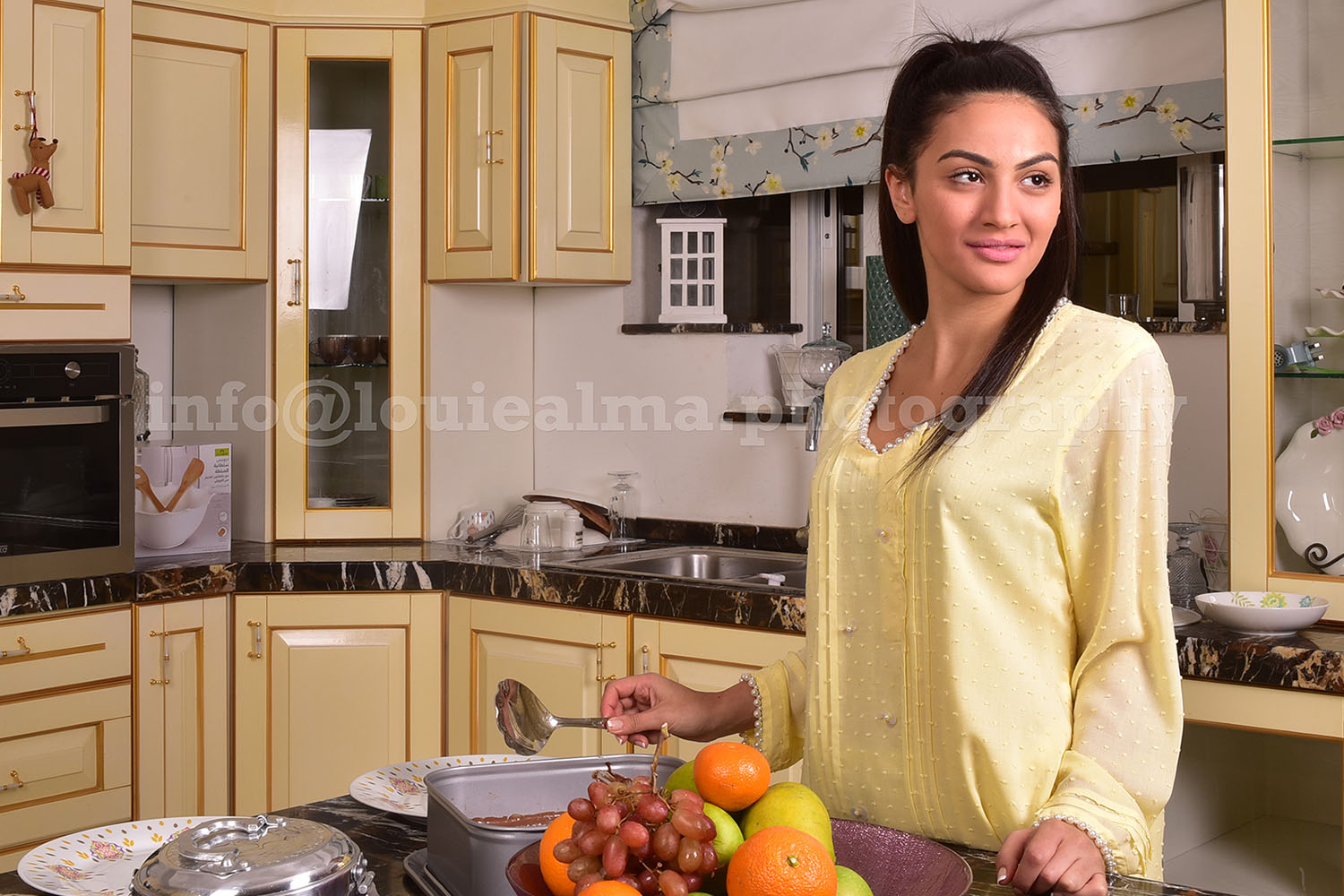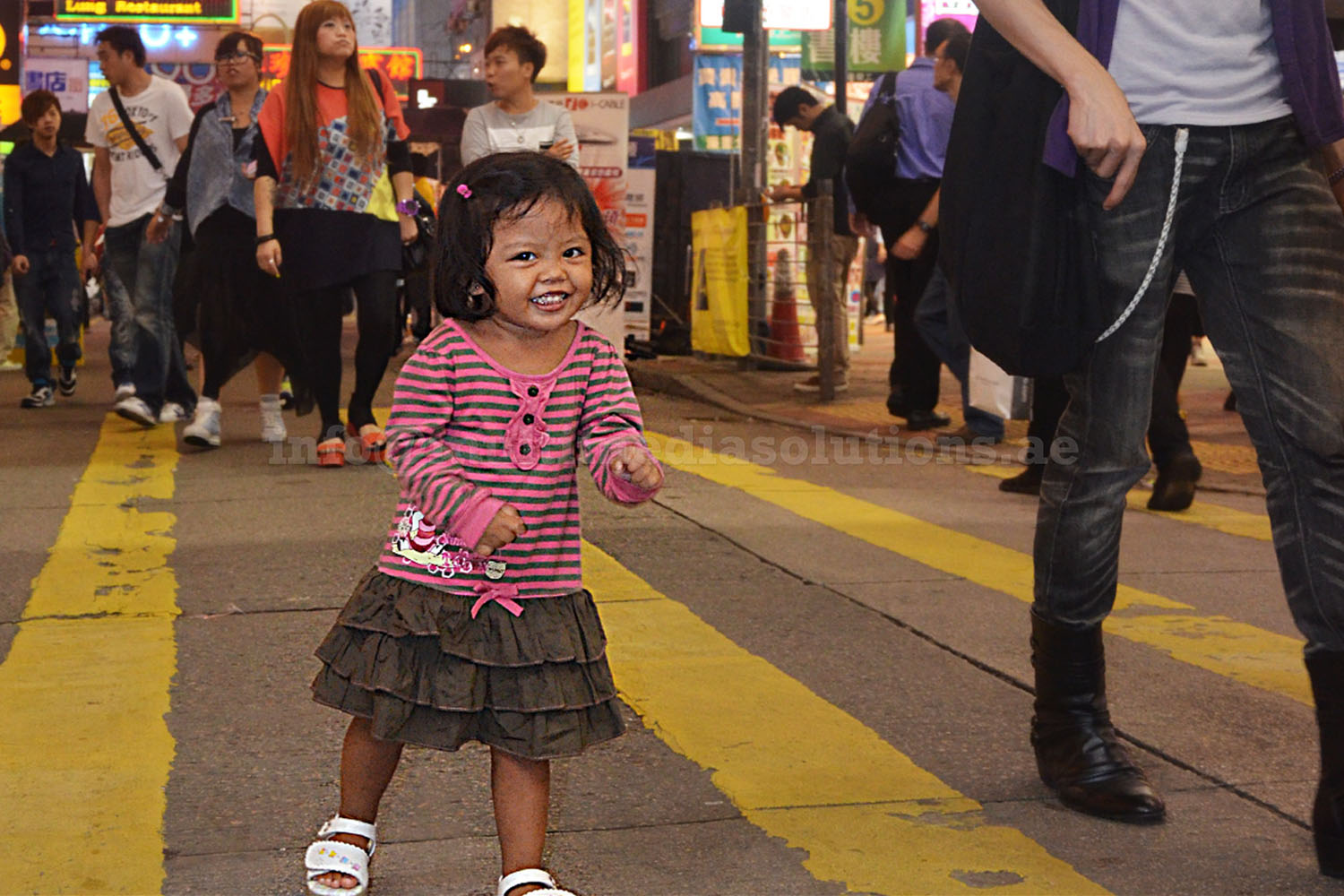Global airlines go head-to-head for best app in ‘Battle of the Airline Apps”
The World Aviation Festival (WAF), the world’s largest aviation technology event, has revealed the finalists for its highly anticipated Battle of the Airline Apps competition, set to take place during WAF 2025 from 7th – 9th October at FIL, Lisbon.


















